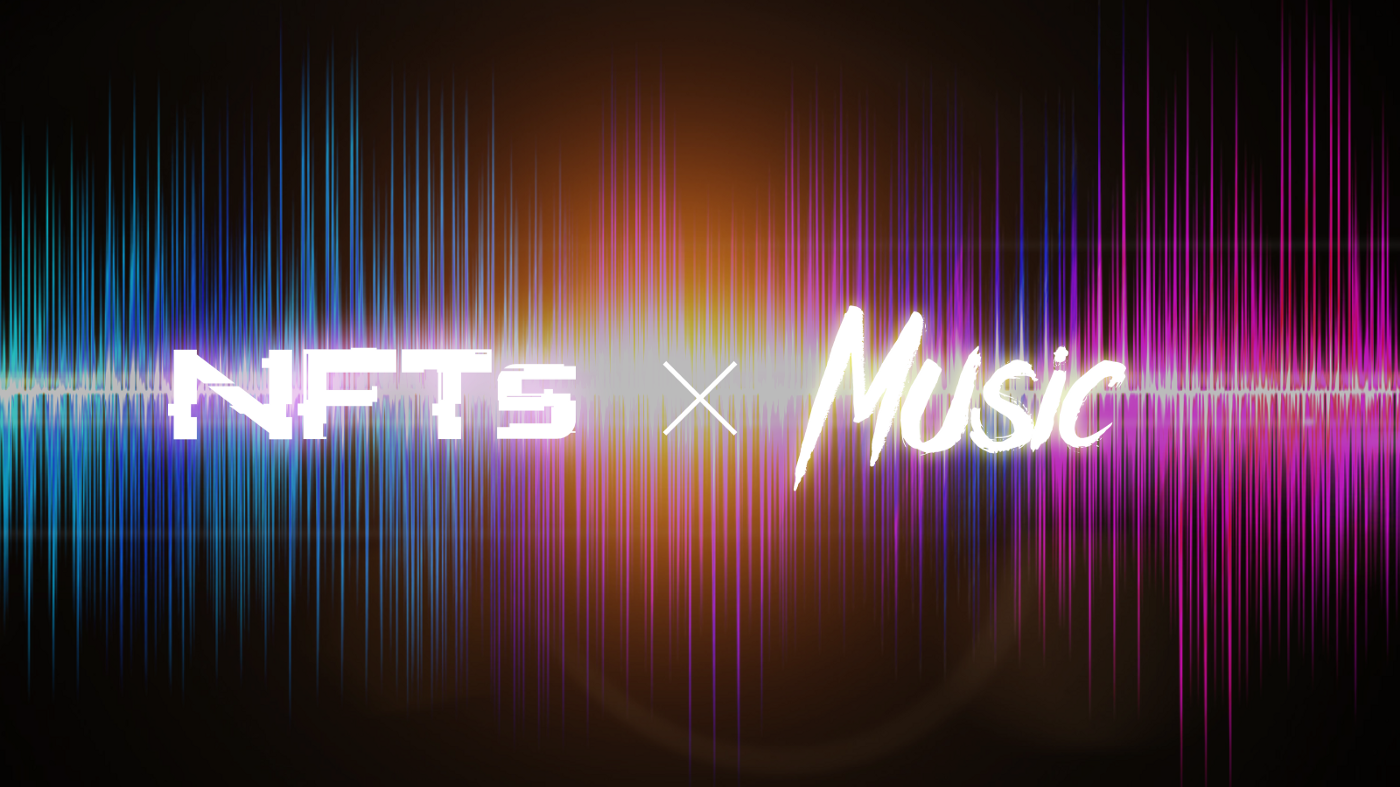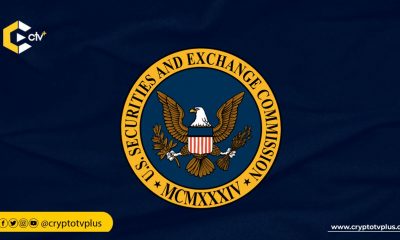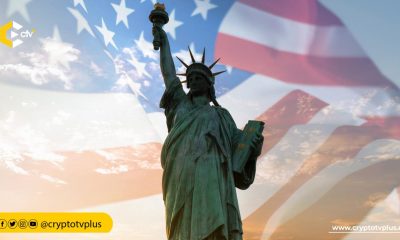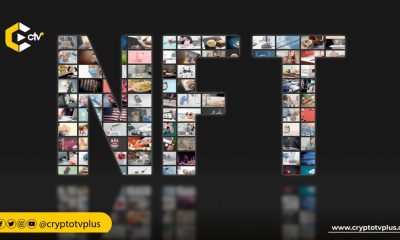Videos
Music Artists can make massive profits from NFTs – Olaleye

NFTs gained recognition around 2017. Initially, it was thought to be one of the various ‘bubbles’ of the crypto space, just like we had during the dot com era. This mindset is still prevalent with many who are unfamiliar with the innovation.
By the end of 2021, the marketplace for non-fungible tokens, which are digital pieces of art tied to the blockchain technology, reached a $41 billion market value, and is catching up to the total size of the global fine art market. In comparison, sales in the conventional art market were about $50 billion in 2020. Heading into 2022, the NFT market appears to be staying strong. In the past week alone, sales of NFTs hit half a billion dollars.
While Enthusiasts have said the NFT industry is the key to unlocking the next phase of the internet, often called the metaverse or Web3, Skeptics have debated the merits of NFTs, saying there’s little to no value in the digital tokens.
In the Inside Blockchain show, Olaleye Oladimeji, a Blockchain Advisor at Legalpreneur Consulting, and Associate at SOOBLaw shares his professional insight on how best the NFT industry can be leveraged and redefined.
Oladimeji disclosed that;
“Traditionally speaking, As a Music Artist, you would require a record label to sign you, fund your project and promote your music. Whatever profit is gotten from music sales, you get a certain percentage. Now all you need to do is to create your music, then mint it as an nft, put it on nft marketplace (this would require little or no gas fee) and get people to purchase it. In addition, if your nft is resold, you get a certain percentage of profit”
ICYMI: Watch the video below
Read more:
With NFTs You can Own a Digital Real Estate and Wear a Virtual Fashion Item
Rick And Morty Crypto Art Sells For $150,000 On Nifty Gateway
What do you think about this post? Share your thoughts below…

























Pingback: Music Artists can make massive profits from NFTs – Olaleye by Bobby Anyadike – CryptoTvplus Events: NFT, DeFi, Bitcoin, Ethereum, Altcoin Events
Pingback: CryptoTvplus: DeFi, NFT, Bitcoin, Ethereum Altcoin, Cryptocurrency & Blockchain News, Interviews, Research, Shows - #NOWTESDEFI
Pingback: NFTs - CryptoTvplus - All About Corporate SEO